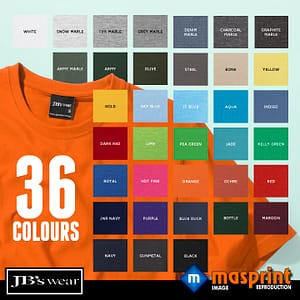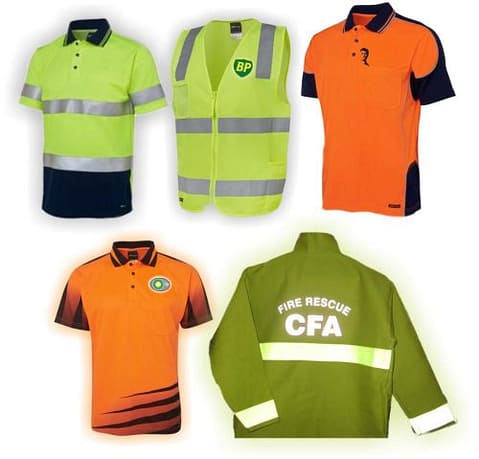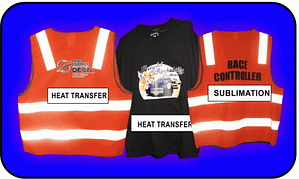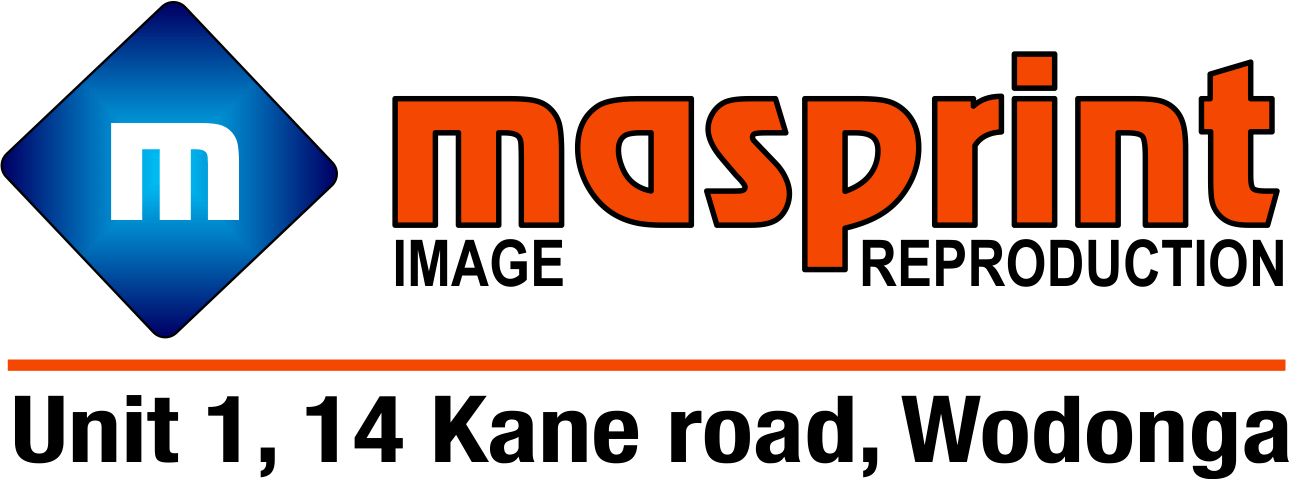
CUSTOM PRINTING CONCEPTS
EXCELLENT
P: 02 6056 5187 christine@masprint.com.au

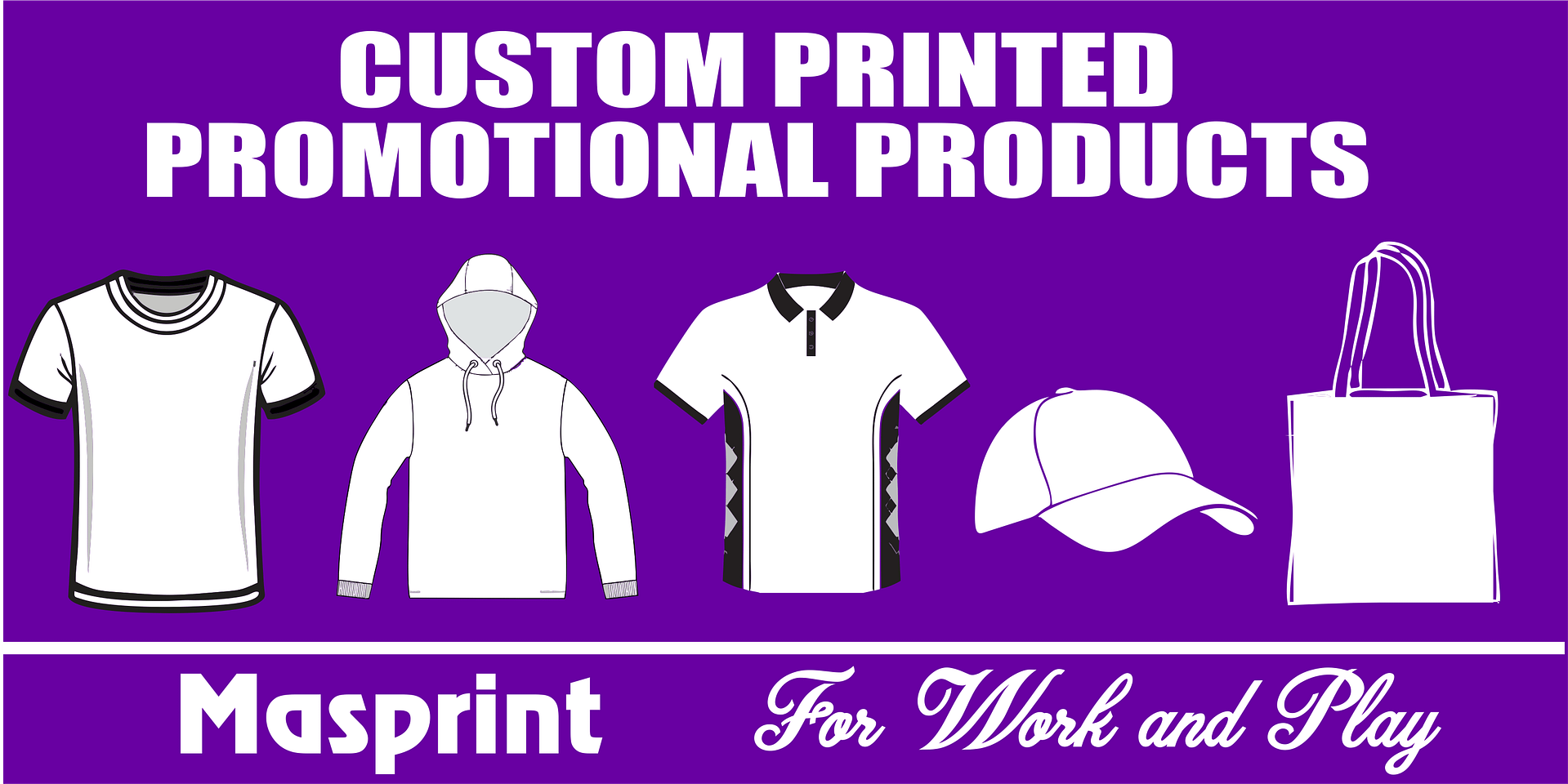

Masprint sources from a variety of suppliers including AS COLOUR, JB'S & WINNING SPIRIT
Yes we will also print on garments that customers supply!.
Custom printing concepts
Masprint began in 1996, screenprinting t-shirts, stubby holders, HiVis safety wear etc. to stickers, caps/hats and small signs. all from a small shed in Wodonga

